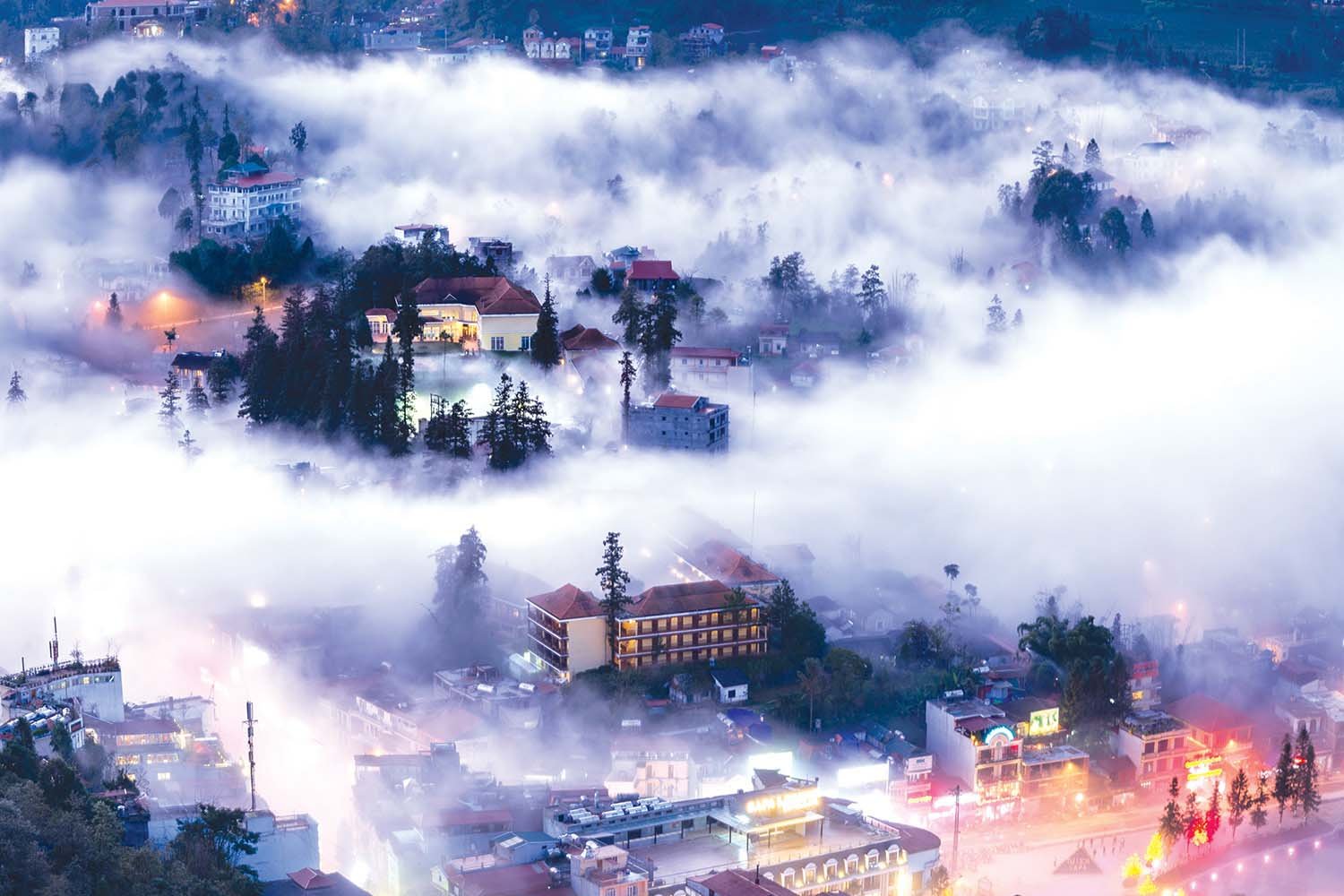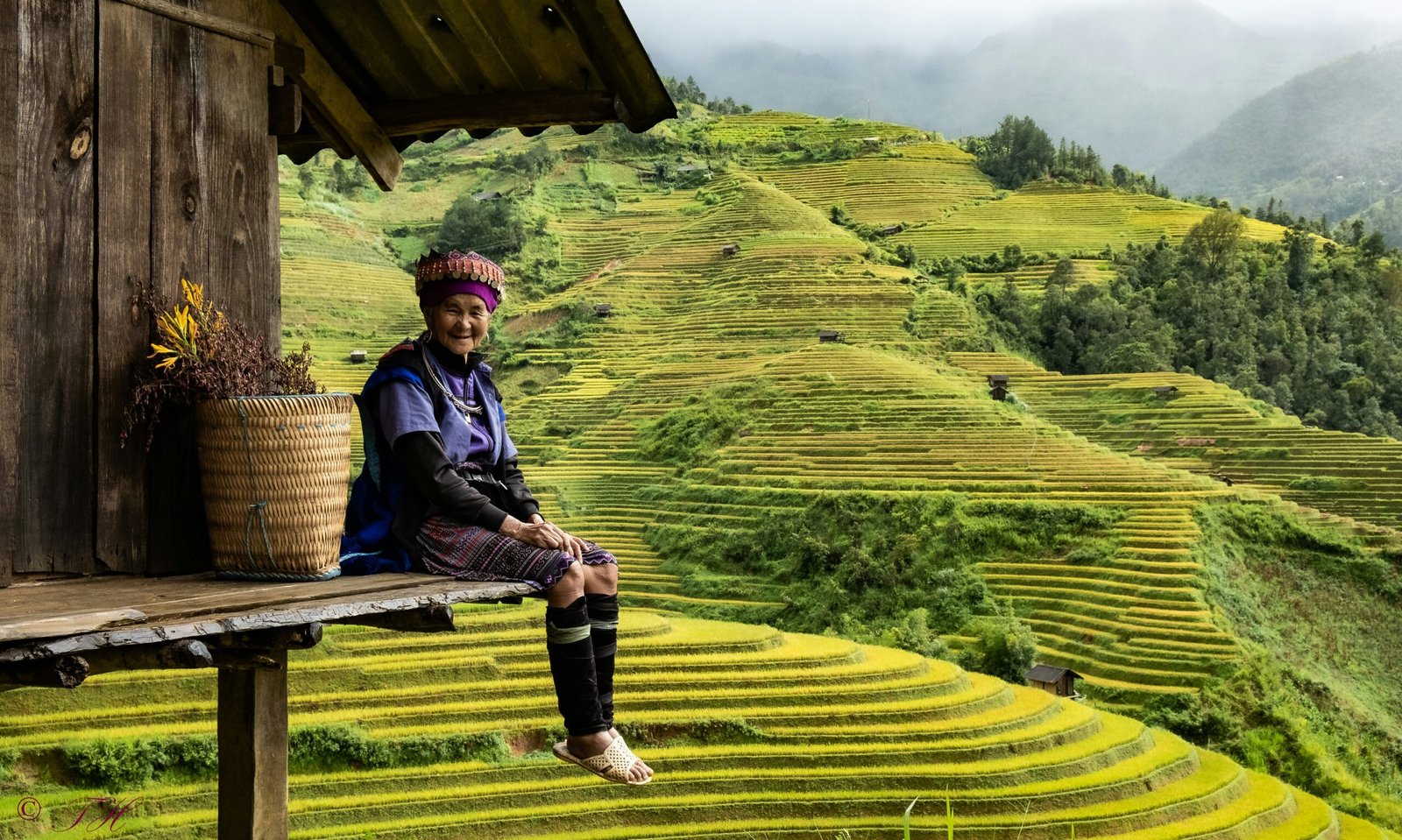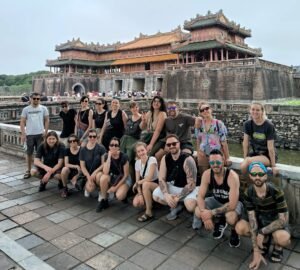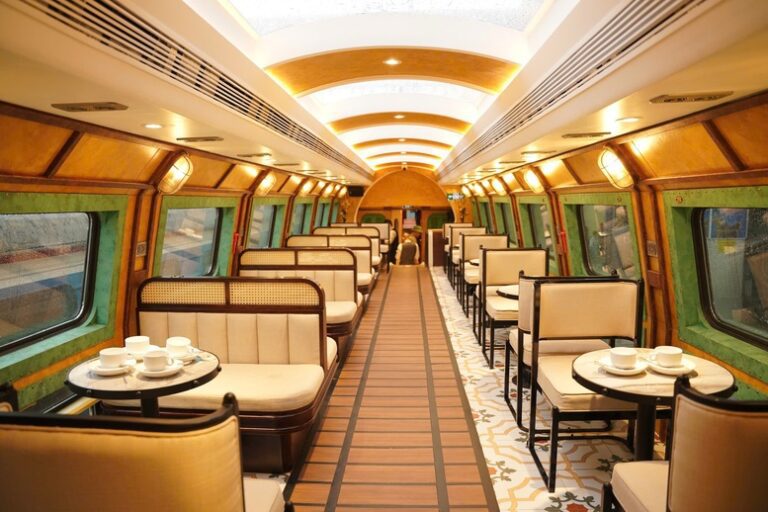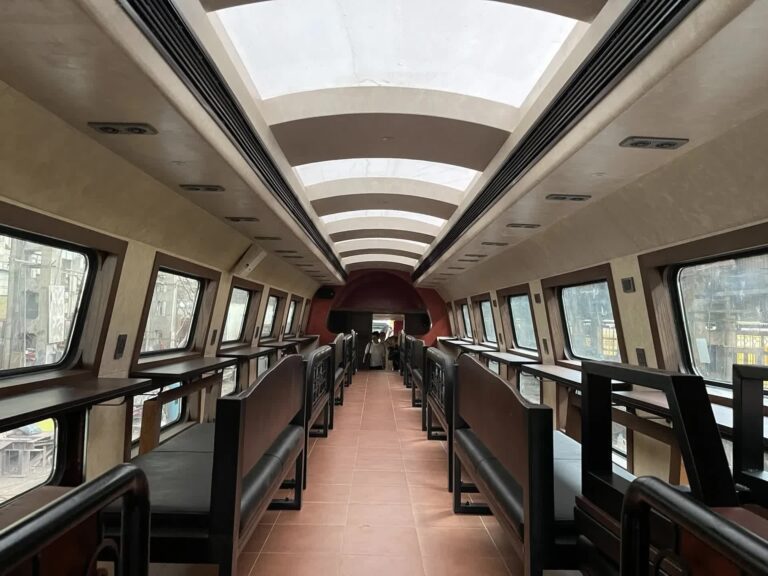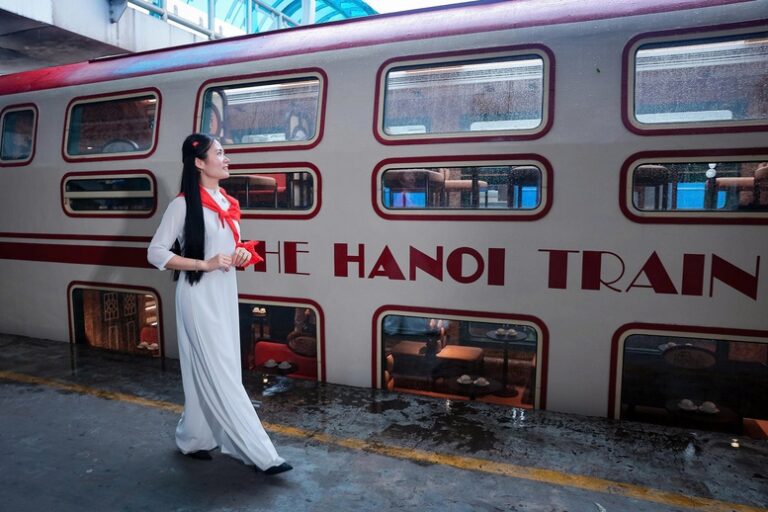Exploring Vietnamese Architecture: From Ancient Temples to Modern Skyscrapers
Vietnamese architecture offers a fascinating blend of history, culture, and innovation. It reflects the country’s deep-rooted traditions, colonial influences, and its ambitions for modernity. From serene ancient temples that exude spirituality to towering glass skyscrapers symbolizing economic progress, the architectural landscape of Vietnam is a testament to its dynamic evolution. This article dives into the unique characteristics of Vietnamese architecture, exploring its rich past and promising future while highlighting how it embodies the country’s cultural heritage.
The Foundations of Vietnamese Architecture
Vietnamese architecture has been shaped by centuries of cultural exchange, geographic conditions, and historical events. The country’s diverse climate, from the northern mountains to the southern Mekong Delta, also plays a critical role in influencing building styles and materials.


Key influences include:
- Chinese Influence: As a neighbor and former colonizer, China introduced Confucian and Buddhist architectural styles.
- French Colonial Legacy: French rule brought European techniques and aesthetics, particularly in urban planning and public buildings.
- Local Traditions: Indigenous Vietnamese styles emphasize harmony with nature, practical design, and symbolic elements.
🇻🇳 Delve into the depths of Vietnamese Culture!!
Ancient Vietnamese Architecture
1. Temples and Pagodas
Temples and pagodas are the heart of ancient Vietnamese architecture, designed as places of worship and reflection. These structures often feature:
- Curved Roofs: Symbolizing the wings of a bird, believed to ward off evil spirits.
- Ornamental Details: Intricate carvings of dragons, lotuses, and other spiritual symbols.
- Natural Materials: Wood and stone are predominant, reflecting harmony with the environment.
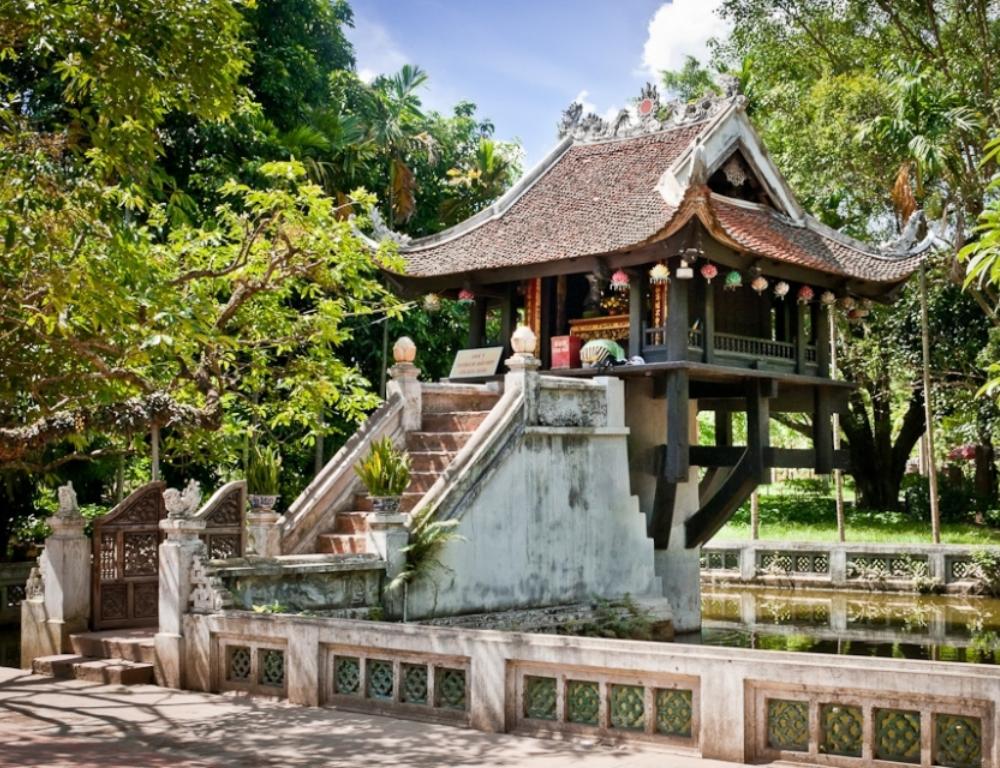

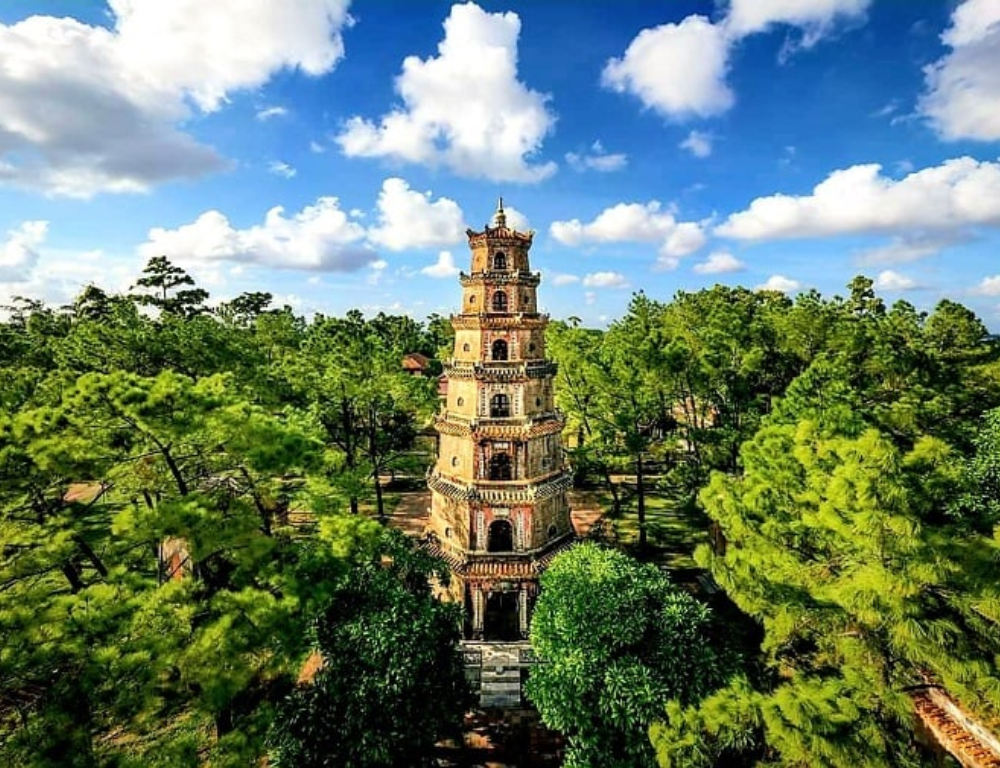

Examples:
- One Pillar Pagoda (Chua Mot Cot): Located in Hanoi, this iconic Buddhist temple symbolizes purity and enlightenment. Its lotus-like design is both elegant and spiritually profound.
- Thien Mu Pagoda: In Hue, this seven-story pagoda stands as a symbol of Vietnam’s Buddhist traditions.
🔥 Escape the city and explore the beautiful countryside through Hanoi day trips.
2. Ancient Citadels
Vietnam’s citadels highlight the country’s strategic and administrative history. Built for defense, they feature thick walls, large gates, and intricate layouts.
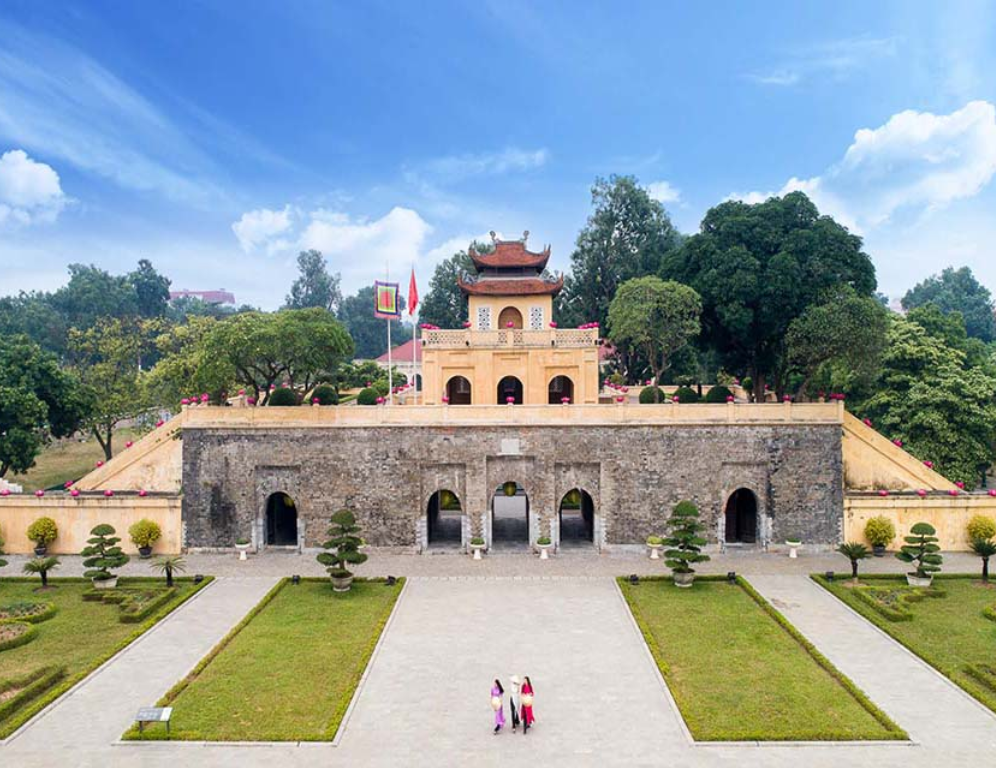

- Imperial Citadel of Thang Long: This UNESCO World Heritage Site in Hanoi was the political center of feudal Vietnam for over a millennium.
- Hue Citadel: Another UNESCO site, it embodies the grandeur of the Nguyen Dynasty with its palaces, temples, and gardens.
🔥 Immerse yourself in the city’s Oldest and Most Beautiful Temple: Tran Quoc Pagoda Hanoi
3. Village Architecture
Rural villages form the backbone of Vietnamese cultural heritage, characterized by communal houses, bamboo structures, and water wells. Communal houses (dinh) served as meeting places and are adorned with carved pillars and steep roofs.
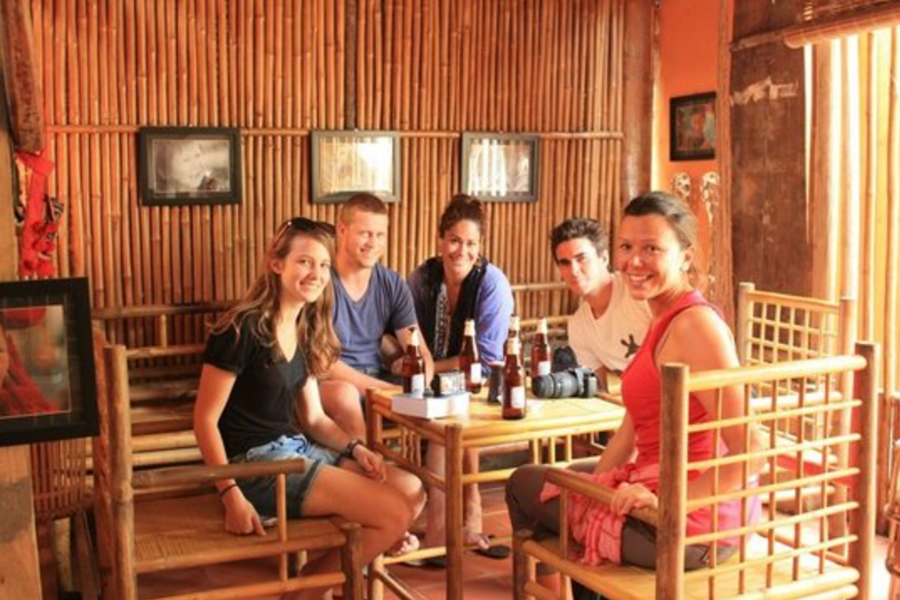

Duong Lam Ancient Village: Near Hanoi, this well-preserved village offers a glimpse into Vietnam’s rural life and traditional construction.
Colonial Vietnamese Architecture
4. French Colonial Buildings
French colonial rule in Vietnam (1858–1954) left a lasting architectural imprint, particularly in urban areas. Moreover, these buildings beautifully blend European styles with local materials, creating a unique aesthetic that reflects the rich tapestry of Vietnamese cultural heritage.
Key Features:
- High ceilings and large windows to suit the tropical climate.
- Ornate facades with French-style balconies and shutters.
- Structural adaptations to withstand humidity and rain.
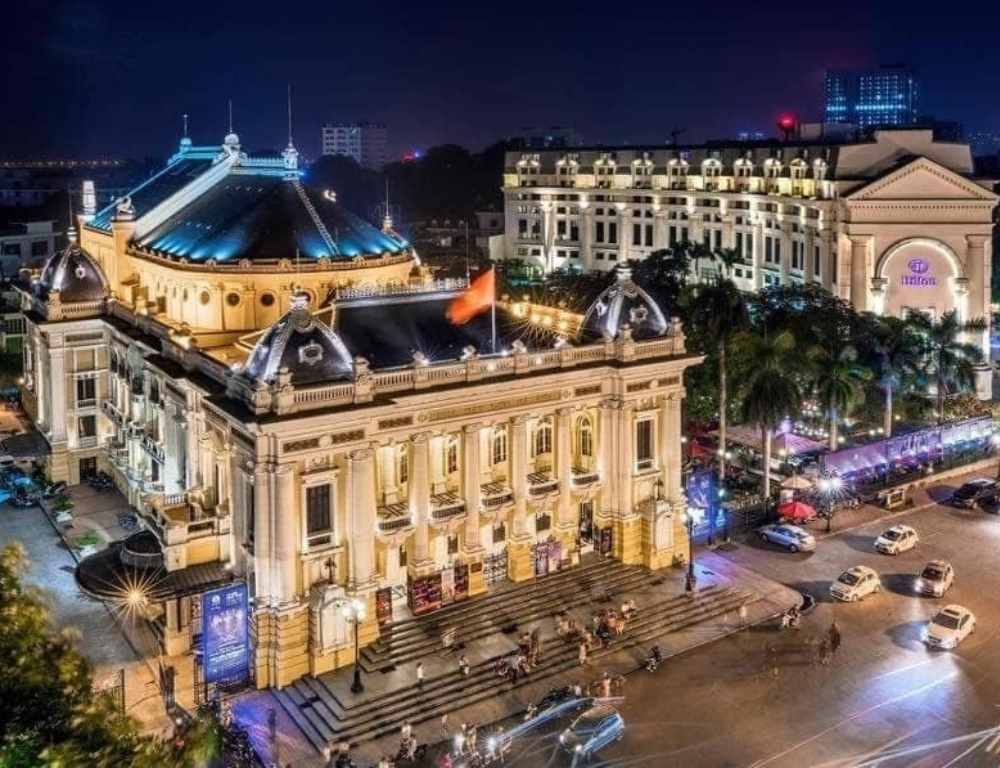



Notable Examples:
- Hanoi Opera House: Modeled after Paris’s Palais Garnier, it showcases classic French design.
- Notre-Dame Cathedral Basilica of Saigon: Located in Ho Chi Minh City, this stunning cathedral is made entirely of materials imported from France.
- Central Post Office in Ho Chi Minh City: Designed by Gustave Eiffel, it’s a blend of Gothic, Renaissance, and French colonial styles.
🇻🇳 Experience the vibrant atmosphere of Vietnamese festivals!
Post-Colonial and Modern Vietnamese Architecture
5. Socialist Architecture
Post-independence Vietnam (1954–1986) saw the rise of socialist architecture, characterized by utilitarian design and functionality. Many government buildings, schools, and public housing units built during this era prioritized efficiency over aesthetics.
6. Skyscrapers and Urban Development
Vietnam’s rapid economic growth in recent decades has transformed its urban skylines, particularly in cities like Ho Chi Minh City and Hanoi. Modern skyscrapers symbolize progress, blending contemporary designs with cultural motifs.
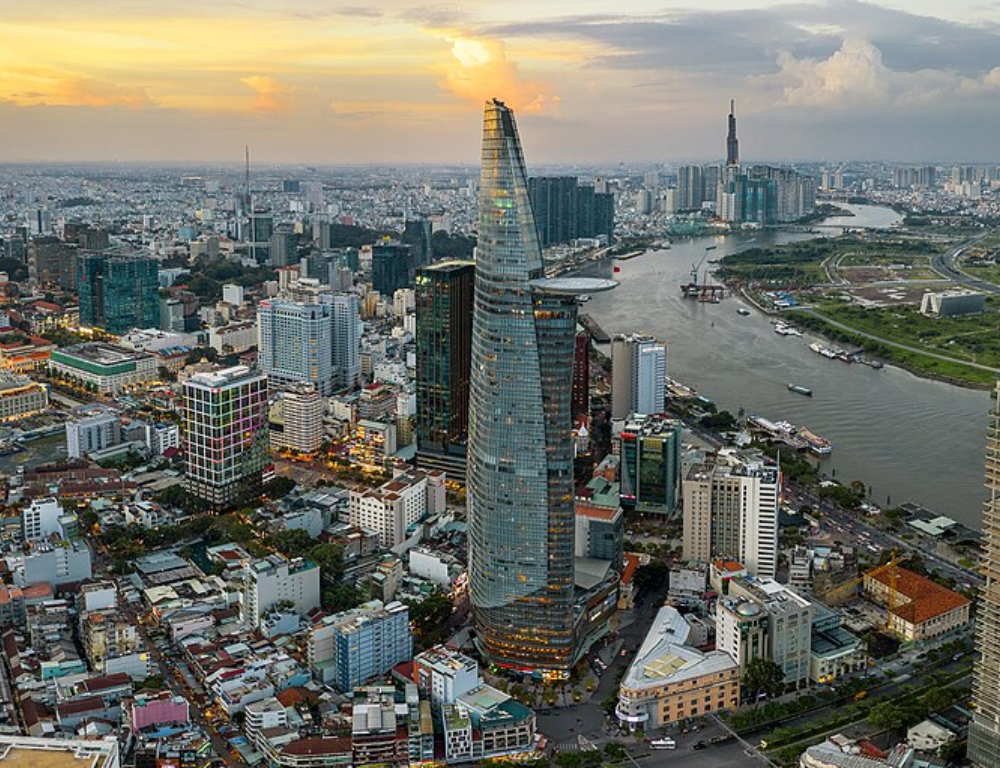

Iconic Structures:
- Bitexco Financial Tower (Ho Chi Minh City): Shaped like a lotus bud, it reflects Vietnam’s national flower while housing cutting-edge facilities.
- Landmark 81: Standing at 461 meters, it is the tallest building in Southeast Asia, epitomizing Vietnam’s aspirations for global recognition.
- Lotte Center (Hanoi): Combines luxury with functionality, featuring a skywalk that offers panoramic views of the capital.
🇻🇳 Witness a spectacular display of Vietnamese arts and culture at the Hue Festival!
The Role of Nature in Vietnamese Architecture
Vietnamese architects have long prioritized harmony with the natural environment. This principle is evident in both ancient and modern structures.
7. Traditional Homes (Nha Ruong and Nha San)
Traditional Vietnamese homes are designed with the climate in mind. Moreover, they are a testament to the rich Vietnamese cultural heritage, reflecting centuries of adaptation to the tropical climate and the values of family and community.
- Nha Ruong (Central Vietnam): Made of wood with tiled roofs, these homes often include courtyards to allow natural ventilation.
- Nha San (Stilt Houses): Found in northern mountainous regions, these homes protect against flooding and wild animals while using bamboo and wood for sustainability.
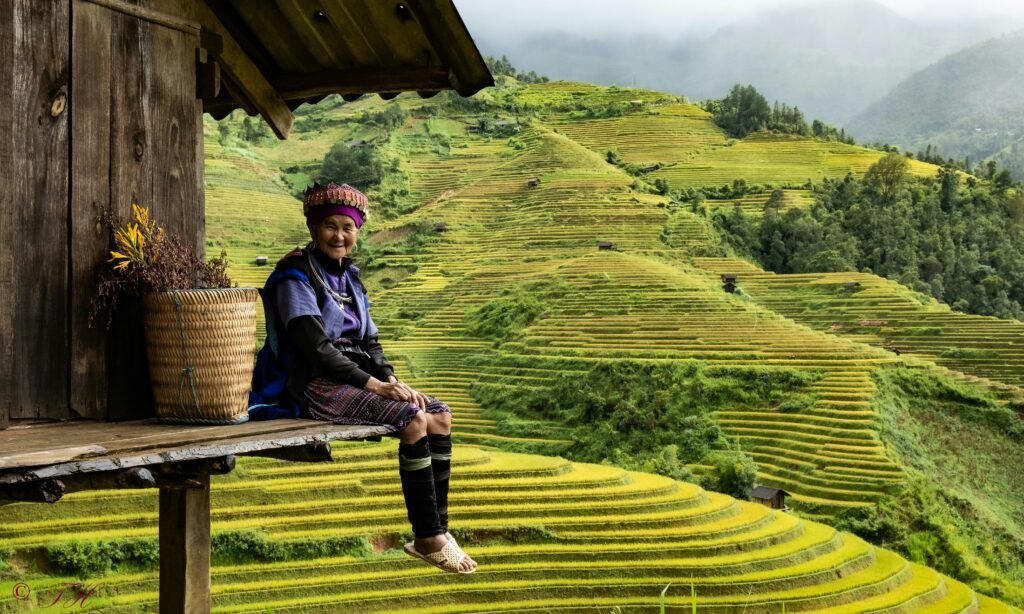

8. Eco-Architecture
Modern Vietnamese architecture incorporates eco-friendly designs, blending green spaces with urban living.
- Vo Trong Nghia Architects: Known for innovative projects that use bamboo, vertical gardens, and natural cooling systems to combat urban heat.
- Farming Kindergarten (Dong Nai): A standout example of eco-design, featuring a rooftop garden to teach sustainability to children.
🔥 Find the perfect Hanoi Accommodation for your journey in Vietnam!
Religious and Spiritual Architecture
9. Cao Dai Temples
Cao Dai, a syncretic Vietnamese religion, has temples that blend Buddhist, Taoist, Confucian, and Christian elements.
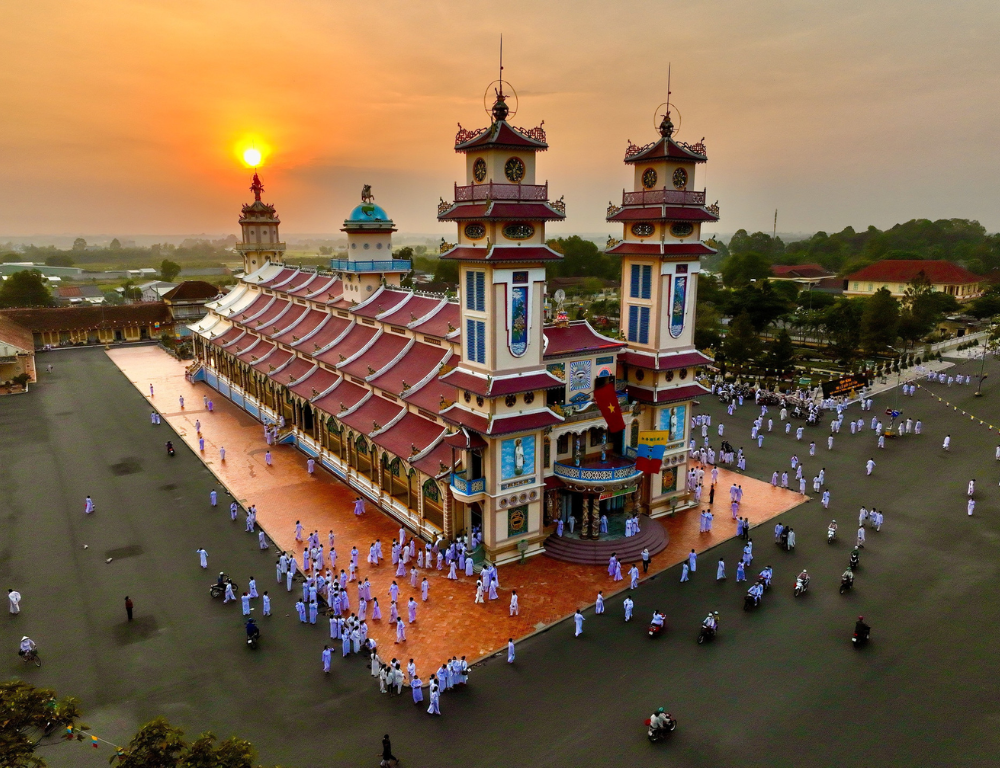

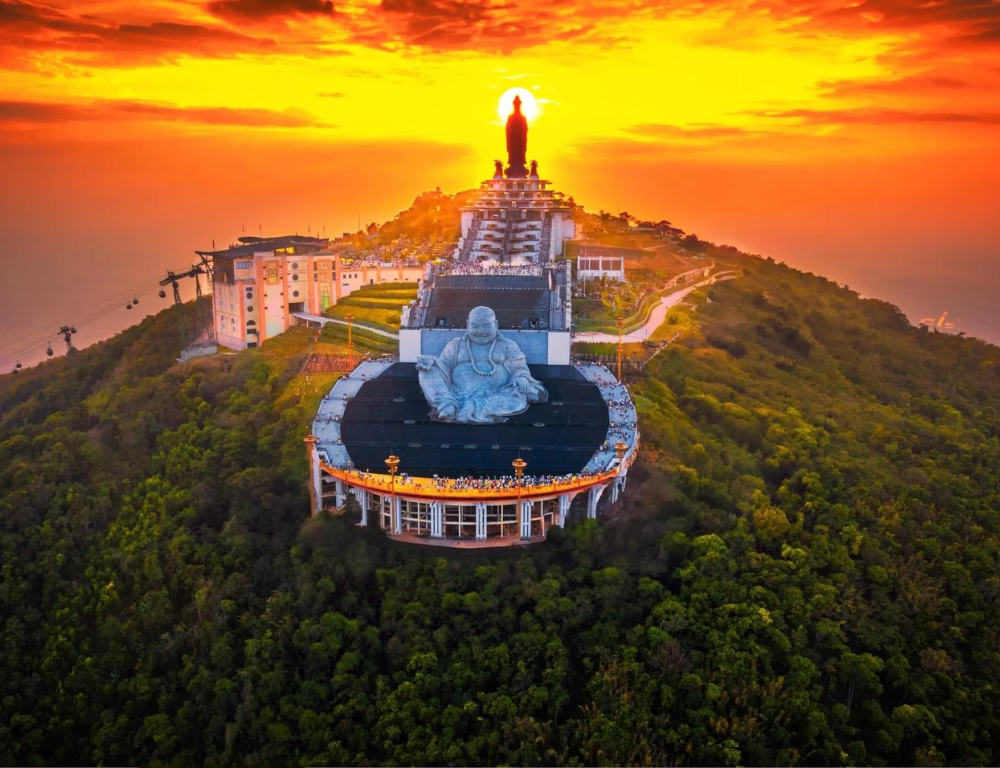



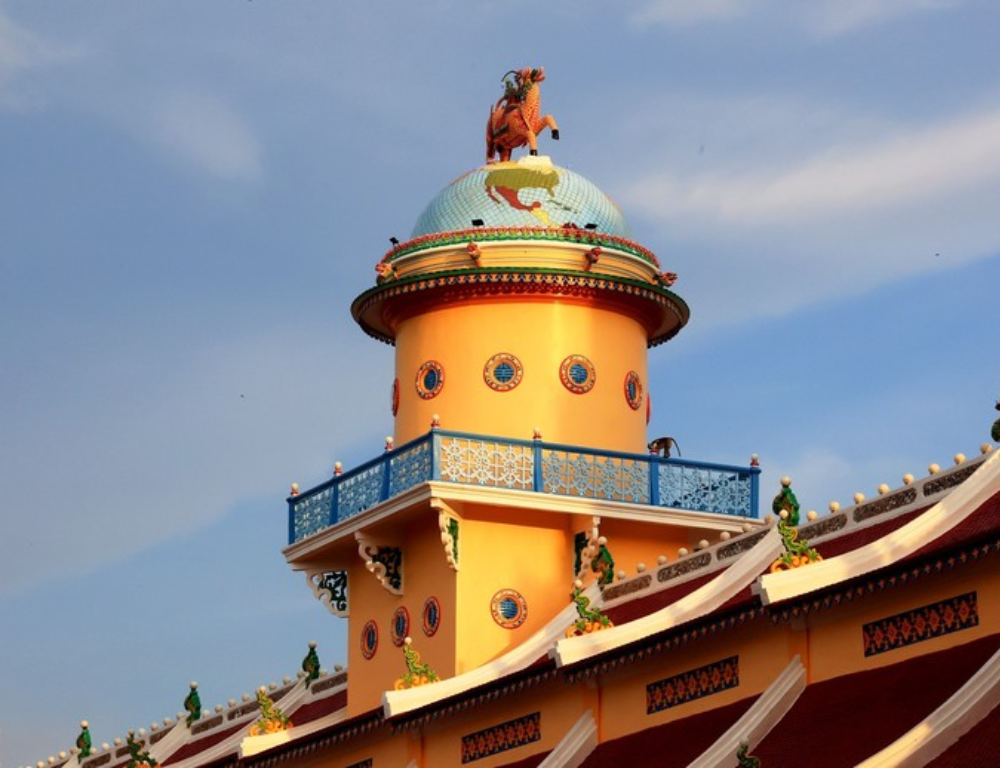

Cao Dai Holy See: Located in Tay Ninh, its vibrant architecture symbolizes unity and harmony among religions.
10. Cham Temples
The Cham people, an ethnic minority in Vietnam, have left a rich legacy of Hindu-influenced architecture.
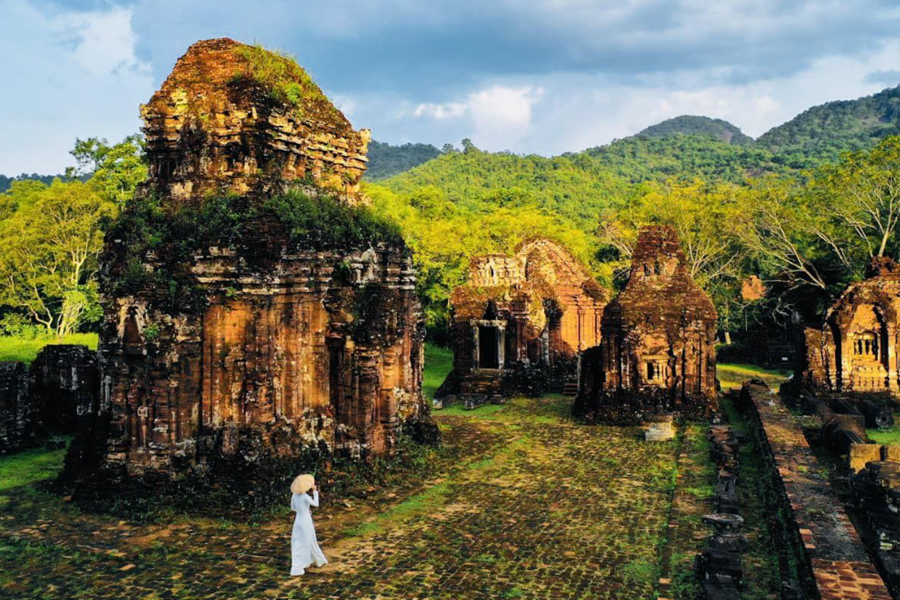

My Son Sanctuary: A UNESCO World Heritage Site, this complex of red-brick temples showcases intricate carvings and reflects Vietnam’s pre-Buddhist history.
Contemporary Trends in Vietnamese Architecture
Vietnamese architects are now redefining modern architecture by blending traditional aesthetics with global trends.
11. Minimalism and Cultural Integration
- Clean lines and open spaces dominate contemporary homes.
- Cultural elements, such as wooden carvings or tiled roofs, are incorporated to maintain a connection with heritage.
12. Smart Cities
Vietnam is investing in smart city projects to improve urban living. New developments focus on sustainable housing, efficient transportation, and energy-saving technologies.
📸 Immerse yourself in Vietnam’s captivating culture. From ancient temples to vibrant festivals, there’s something for everyone. | Contact us via WhatsApp or follow Sun Getaways Travel Fanpage for personalized trip planning. Or follow these posts to explore the cultural wonders of Vietnam:
Challenges in Preserving Vietnamese Architectural Heritage
Despite its rich architectural legacy, Vietnam faces challenges in balancing preservation with modernization.


- Urbanization Threats: Ancient structures are often overshadowed or replaced by modern developments.
- Climate Impact: Rising sea levels and extreme weather threaten coastal and low-lying buildings.
- Restoration Costs: Maintaining historical sites requires significant funding and expertise.
🇻🇳 Uncover the historical and cultural significance of Vietnamese Temples!
The Global Appeal of Vietnamese Architecture
Vietnamese architecture has gained international recognition for its uniqueness and innovation.


- Tourism Boost: Iconic sites like the Imperial Citadel and Ha Long Bay attract millions of visitors annually.
- Global Projects: Vietnamese architects like Vo Trong Nghia are bringing sustainable designs to the world stage.
FAQs
1. What are some famous examples of ancient Vietnamese architecture?
Notable examples include the One Pillar Pagoda in Hanoi, the Imperial Citadel of Thang Long, and the My Son Sanctuary.
2. How has French colonialism influenced Vietnamese architecture?
French colonial architecture introduced European styles like Gothic and Renaissance, evident in landmarks such as the Hanoi Opera House and Notre-Dame Cathedral Basilica.
3. What role does nature play in Vietnamese architecture?
Nature is central to Vietnamese design, with traditional homes and modern buildings incorporating natural materials, ventilation, and green spaces.
4. What is the significance of modern skyscrapers in Vietnam?
Skyscrapers like Landmark 81 and Bitexco Tower symbolize Vietnam’s economic progress and its integration into the global economy.
5. How is Vietnam preserving its architectural heritage?
Efforts include UNESCO recognition of historical sites, government restoration projects, and increased awareness of sustainable urban development.
Conclusion
Vietnamese architecture is a vibrant tapestry woven from centuries of cultural influences, historical transitions, and modern ambitions. From the sacred halls of ancient temples to the sleek facades of contemporary skyscrapers, it tells a story of resilience, creativity, and harmony. As Vietnam continues to grow, preserving its architectural heritage while embracing innovation will be key to maintaining its cultural identity. For those looking to explore Vietnamese architecture, every structure—whether ancient or modern—offers a unique glimpse into the soul of this remarkable country.
Experience Vietnam like never before with Sun Getaways Travel. Our all-inclusive trips cover every detail, from accommodations and transportation to unforgettable experiences, depending on your interests (Our Customized Private Tour for each customer to Vietnam 🇻🇳). Ready to embark on your next adventure?
Ask a question
Leave a Comment (0)
No questions yet. Be the first to ask a question!





